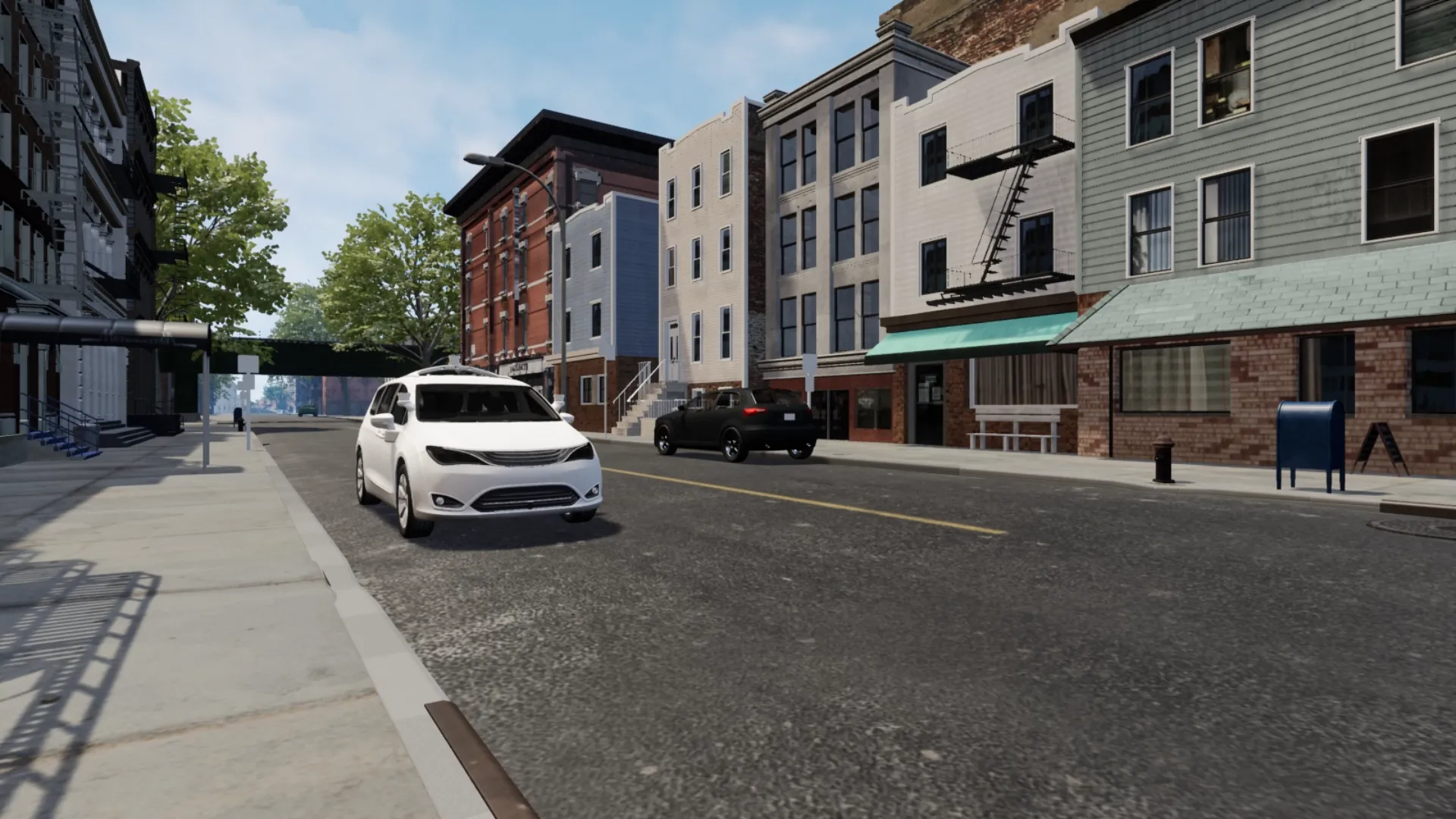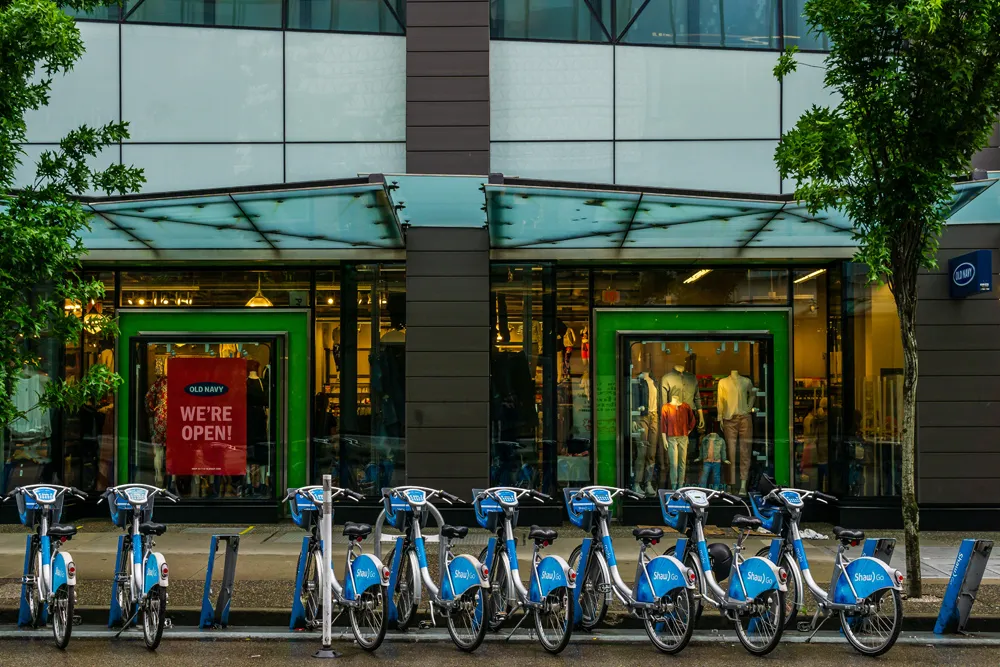
Developing C/AV technology is the easy bit: now the vehicles need to gain people’s confidence. So does the public feel safe in driverless hands – and how much might they be willing to pay for the privilege?
The Venturer consortium’s final user and technology test (Trial 3) explored levels of user trust in scenarios where a connected and autonomous vehicle (C/AV) is interacting with cyclists, pedestrians and other road users on a controlled road network. Trial 3 consisted of experimental runs in the Wildcat road vehicle, providing Venturer with the capability to test the decision-making system developed by Bristol Robotics Laboratory and the situational awareness systems created by
Graham Parkhurst, social research technical lead, University of the West of England, Bristol, insists: “We didn’t put any members of the public in situations actually interacting with the Wildcat.”
The project trialled a range of scenarios, including:
- Pedestrian using a crossing
- Overtaking a parked car
- Right turn from a main road into a minor road with either no pedestrian or cyclist present
- Pedestrian crossing on the minor road arm
- Cyclist oncoming in that situation
There were 134 participants with 49 in the driver role, either sitting in the passenger seat of the Wildcat or the driver seat of the simulator. Forty-five people were ‘cyclists’ and 40 ‘pedestrians’.
“Overall, people were very trusting,” says Parkhurst of the Wildcat and simulator. There were some differences in trust between the various scenarios, “but no real consistent pattern”. He suggests this shows that there is no need to differentiate messages for different audiences. Responses to the experiment suggested the simulator and the human were rated similarly.
Driverless scenarios
Venturer also held focus groups within Bristol and South Gloucestershire, and an online survey with 899 people, looking at four different scenarios on how C/AVs may be used in the future. Around half said they would be willing to use and to pay for driverless vehicles – if they are the exclusive user and owner of that vehicle. Around 300 people – mainly car users, cyclists, people who hold driving licences and older people - were willing to pay less than £2.50 per mile for an AV service. Participants who are likely to pay more include bus users, people with UK provisional driving licences and younger people. “It’s basically people who don’t have very good transport services currently who are perhaps more willing to pay,” says Parkhurst.
When it came to autonomous taxis, participants were willing to pay around £1 a mile compared to the current taxi service of around £3 per mile. Parkhurst says those aged 21-39 are more interested in using this service.
However, shared autonomous taxis are not so attractive to people – with a willingness to pay just 60p per mile revealed. Meanwhile, 21-29-year-olds are more willing to use a fully autonomous bus at 47p per mile.
Unwanted interaction
Parkhurst concludes the public are engaged but are divided in their views: “Some people are quite emotional about this and it could lead to a future where we’re all sharing vehicles - but it could also mean you really love driving.”
When it comes to sharing, younger and more metropolitan people are happy to engage with these platforms rather than buying a car, but others do not wish to have unwanted social interaction.
Going forward, Venturer would like more studies on cyclists - while maintaining their safety. “If we put cyclists in a situation where an AV will overtake them, we need to be very confident we are not putting anyone in a dangerous situation,” says Parkhurst.
The focus groups suggested that cyclists may accept a closer distance than the 1.4m which the police recommend as a safe distance. “Cyclists won’t accept the wing mirrors of the AV scraping them as it passes, so there’s going to need to be a safe distance,” Parkhurst adds. “That way we can benefit the cyclist without traffic grinding to a halt.”
Furthermore, he reveals cyclists are among the most enthusiastic adopters of vehicle camera technology. C/AVs monitor the behaviour of themselves and other vehicles around them which will help offer a clear record of the road. “There will no longer be a case of one person’s word against another: there will be a monitored and measured record of what took place.”









